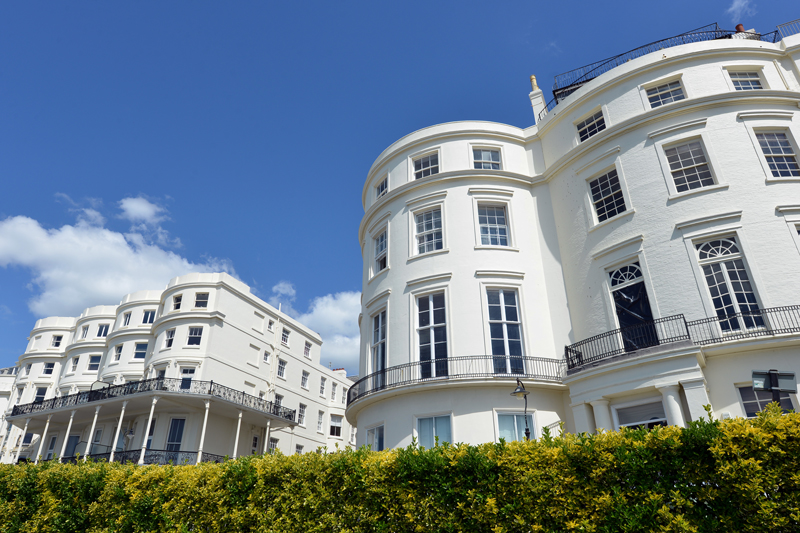All there is to know about listed building consent
listed building consent definition
Listed building consent is required for all works of demolition, alteration, or extension to a listed building. That affects its character as a building of special architectural or historic interest.
What is a listed building?
A listed building is a building or structure that has been judged to be of national importance in terms of architectural or historic interest.
Historic buildings also add to the quality of our lives. Being an important aspect of the character and appearance of our towns, villages, and countryside.
In England and Wales, there are 3 categories of listed buildings –
- Grade 1 (2.5% of buildings)- Buildings of exceptional interest. For example, the Liverpool Anglican cathedral.
- Grade 2*(5.5% of buildings)- Buildings with particular importance. For example, Buckingham Palace.
- Grade 2 (92% of buildings)- Buildings of special architectural or historic interest. A grade 2 listed building is a UK building or structure that is of special interest, warranting every effort to preserve it.
You always need listed building consent
You still need listed building consent to do urgent works to a listed building. Even if the works are needed because a dangerous structure or other legal notice has been served. Even if it’s not practical to get consent in advance, you must give written notice to the council as soon as possible.
It is a criminal offense to carry out work without having listed building consent. Not all projects require consent, only the works that affect the character of the building.
Carrying out building works to a listed building or changing it in any way without consent can result in court action and legal penalties. And it is also illegal to fail to comply with an enforcement notice.
According to the planning act 1990 under section 9. Doing work without consent to the building can result in a person, being fined up to £20,000. And/or up to 6 months imprisonment.
In addition, the maximum penalty is two years’ imprisonment or an unlimited fine. In determining the fine a judge must have regard to any financial benefit which has accrued or appears likely to accrue to the wrongdoer so as to deny them any benefits.
It is also an offense for anyone who would do damage to a listed building. Or to do anything which causes or is likely to result in damage to the building with the intention of causing damage. Damage to the building by an unauthorised person other than the owner or occupier would be criminal damage under the Criminal Damage Act 1971.






